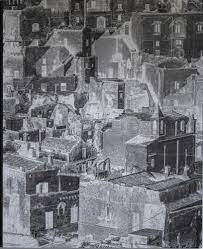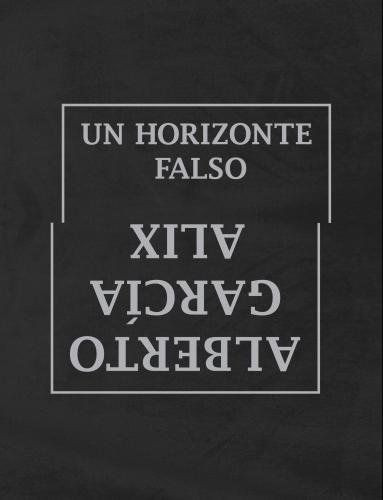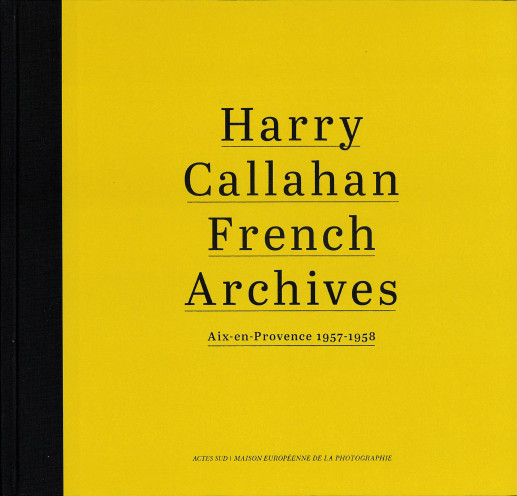- Monographie
Luigi (De) – Il bel paese

€60.00 TVA incluse
Rupture de stock
In 2023, there are those who are convinced that narration via imagery no longer requires an obsolete or obsolescent tool such as the camera; those aware that the word, thanks to Midjourney, BlueWillow and hundreds of other algorithms, can become an image; those who use artificial intelligence or other creative systems that exclude any reference to tradition or custom, and those who believe it has become unnecessary to see and look in order to create images. In short, what photography will become may be told by those who will be there, assuming that the term ‘photography’ will still remain in use, given that light will no longer be necessary – as the etymology of the term would have it – for the ‘writing’ to take place.
These questions and reflections arise naturally when looking through the images taken by Stefano De Luigi on his long journey through Italy, in search of traces of what was once called the Bel Paese. We are faced with a ‘truthful’ description of Italian landscapes, and yet the classical narrative – with his blacks all in the right places and colours respected just as they ought to be, to which he had accustomed us through his previous projects – gives way here to the use of a different narrative system, to different techniques, which suggest, interpret a reality that the Viaggio in Italia – undertaken in 1984 by Luigi Ghirri and his travelling companions – already taught us to see. The question posed by De Luigi is no different from the one that Luigi Ghirri, Gianni Leone and Enzo Velati posed to their own photographer friends, then the unknowing creators of the project to revise the transcription of the territory that would give rise to an ‘Italian school of landscape’: what might a Grand Tour tell us about today’s Italy? But the three curators in the 1980s1 travelled largely through the archives of those who had dedicated themselves to investigating the territory, starting from the awareness that the way of ‘looking and seeing’ had changed, and that the Bel Paese was no longer such. Stefano De Luigi, on the other hand, took planes, trains and cars to travel the 4,365-kilometre length of the Italian perimeter several times, covering almost 20,000 kilometres in total. In various stages, returning home, rethinking, printing thumbnails on which to reflect and correct, contact prints that nevertheless maintain the poetry of his vision intact, of this other vision, conceived perhaps as a method to restore dignity to places that have not always been able to preserve it themselves.
But let us start at the beginning. De Luigi recalls his love for narrating the landscape was born from the memory of visits to the Museo di Roma, Palazzo Braschi, which animated the Sundays of his childhood. The fascinating paintings of the vedutisti of the eighteenth and nineteenth centuries told of a magical country, a sort of garden of delights that wealthy young people from all over Europe had to visit. And which the young De Luigi, thanks to his father’s imposing of it, instead began to detest. Time, memory and distance would however lead him to reread memories differently, to reopen questions that remained unanswered.
The idea of the journey, however, was congenial to him. He had already undertaken one around the world, of four years starting in 2003, to document the different realities of the blind in sixteen countries, across four different continents2. In 2017, armed with mobile phones, he retraced Ulysses’ travels across the Mediterranean3. Perhaps it was with this experience that he began a reflection on how to approach photography without a camera.


